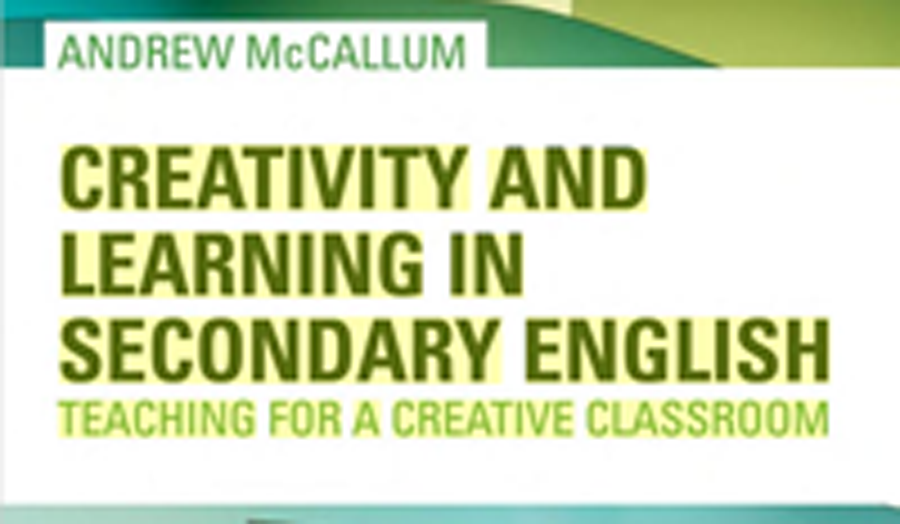Date: 16.08.2012
Congratulations to Andrew McCallum, Course Leader of English with Media and Drama PGCE, who recently published his new book: “Creativity and Learning in Secondary English: Teaching for a creative classroom”.
The book draws on Andrew’s own fifteen years experience of teaching in London secondary schools and four years of lecturing in London Metropolitan University. He believes the stimulating ideas and conversation he had with his colleagues working in Initial Teacher Education team and other English teachers within the London Met partnership of schools and alumni have been an inspiration for his book.
Creativity and Learning in Secondary English discusses a range of theoretical perspectives on creativity and argues for a conception of ‘ordinary, everyday creativity’. This approach is exemplified in a range of suggestions for classroom practice. The book is split into two sections in 9 chapters. The first section, which is a foundation for the second part, gives an overview of the relationship between English and creativity in two chapters. The second and more practical section is in seven chapter, each exploring the relationship of creativity to a different aspect of English teaching and learning.
This book borrows from a range of theories about creativity and about learning, while remaining largely practical in focus. It contains numerous examples for teachers of how to apply ideas about creativity in the classroom. In doing so, it attempts to maintain the subject’s core identity while also keeping abreast of contemporary social, pedagogical and technological developments. The result is a refreshing challenge to some of the more mundane approaches to English teaching on offer in an age focused excessively on standardisation and teaching to tests. Practical applications of creativity include: Using picture books and graphic novels to stimulate multimodal responses Placing pupils in the role of the teacher Devising marketing campaigns for class novels Adopting experimental approaches to redrafting Encouraging ‘extreme’ forms of re-creative writing Focusing on how to ‘listen’ to texts Creating sound-scapes for poems Thought-provoking and provocative, this textbook draws on current best practice in English teaching and will equip trainee and practicing teachers with a wide range of strategies that will lead to greater creativity in the classroom.
Please see below for other courses run by Initial Teacher Education team in the School of Social Sciences and Humanities:
- PGCE Secondary Citizenship (Postgraduate Certificate of Education)
- PGCE Secondary Mathematics (Postgraduate Certificate of Education)
- PGCE Secondary Modern Languages (Postgraduate Certificate of Education)
- PGCE Secondary Physical Education (Postgraduate Certificate of Education)
- PGCE Secondary Science with Biology, Chemistry and Physics (Postgraduate Certificate of Education)

